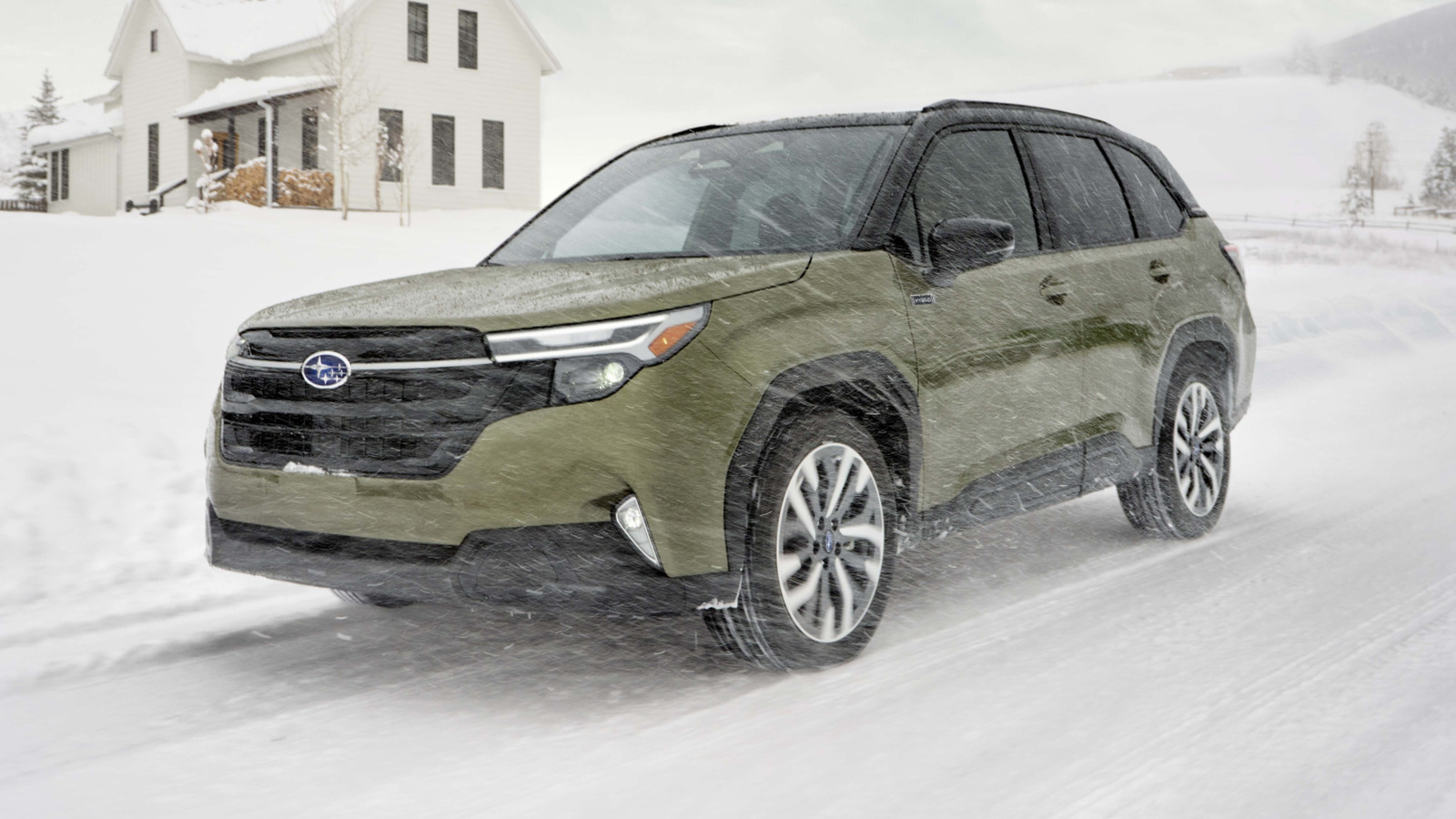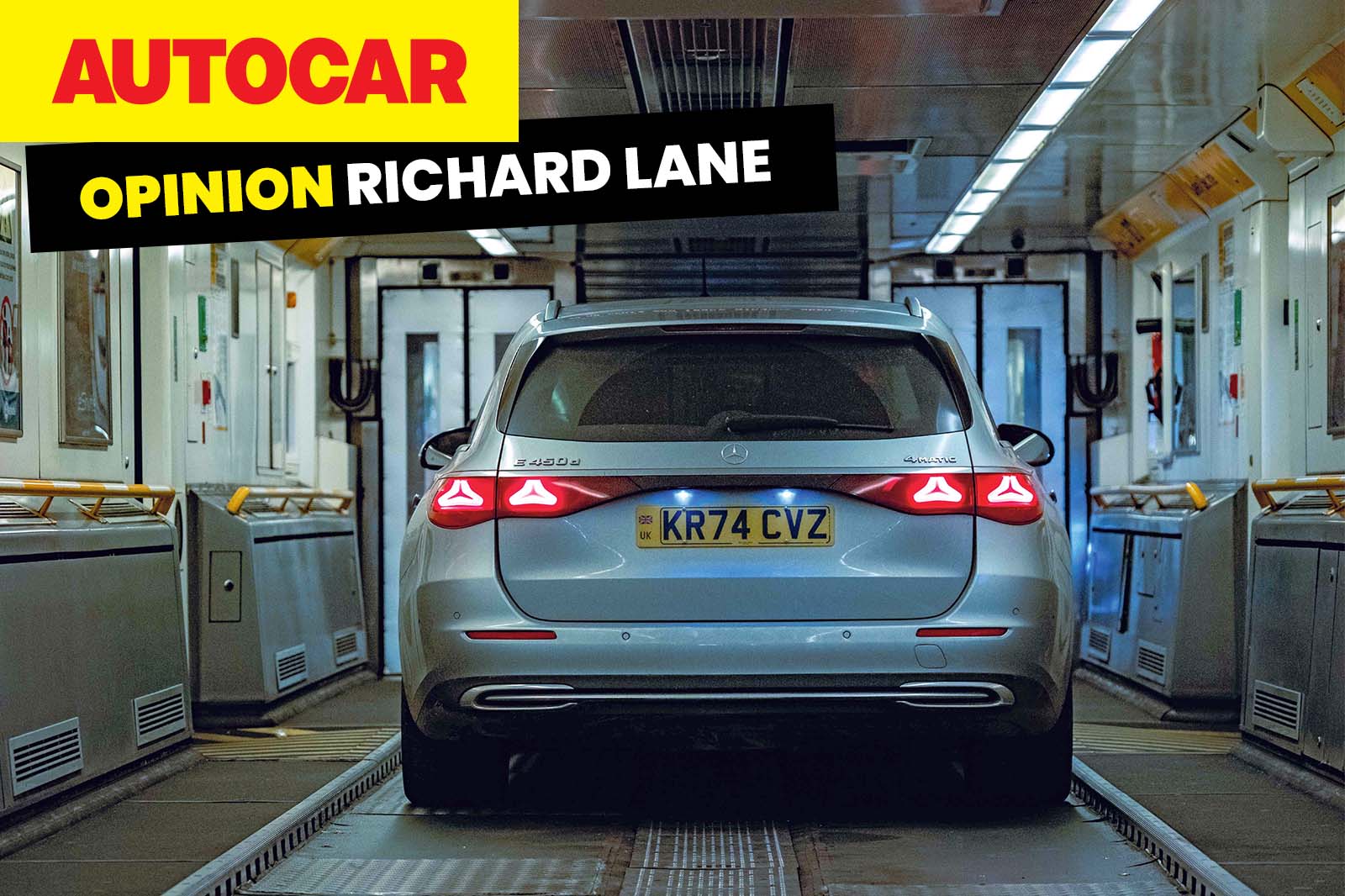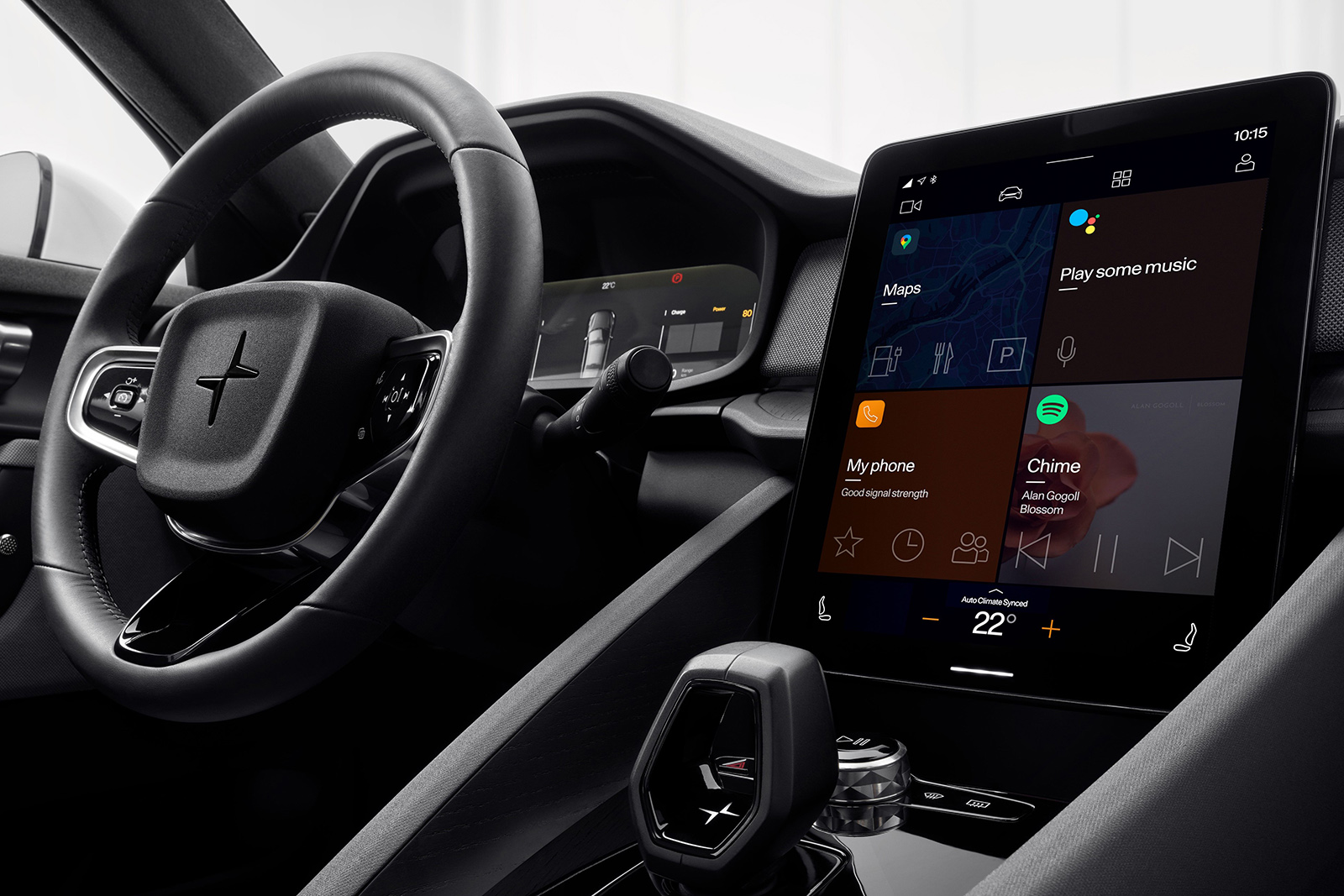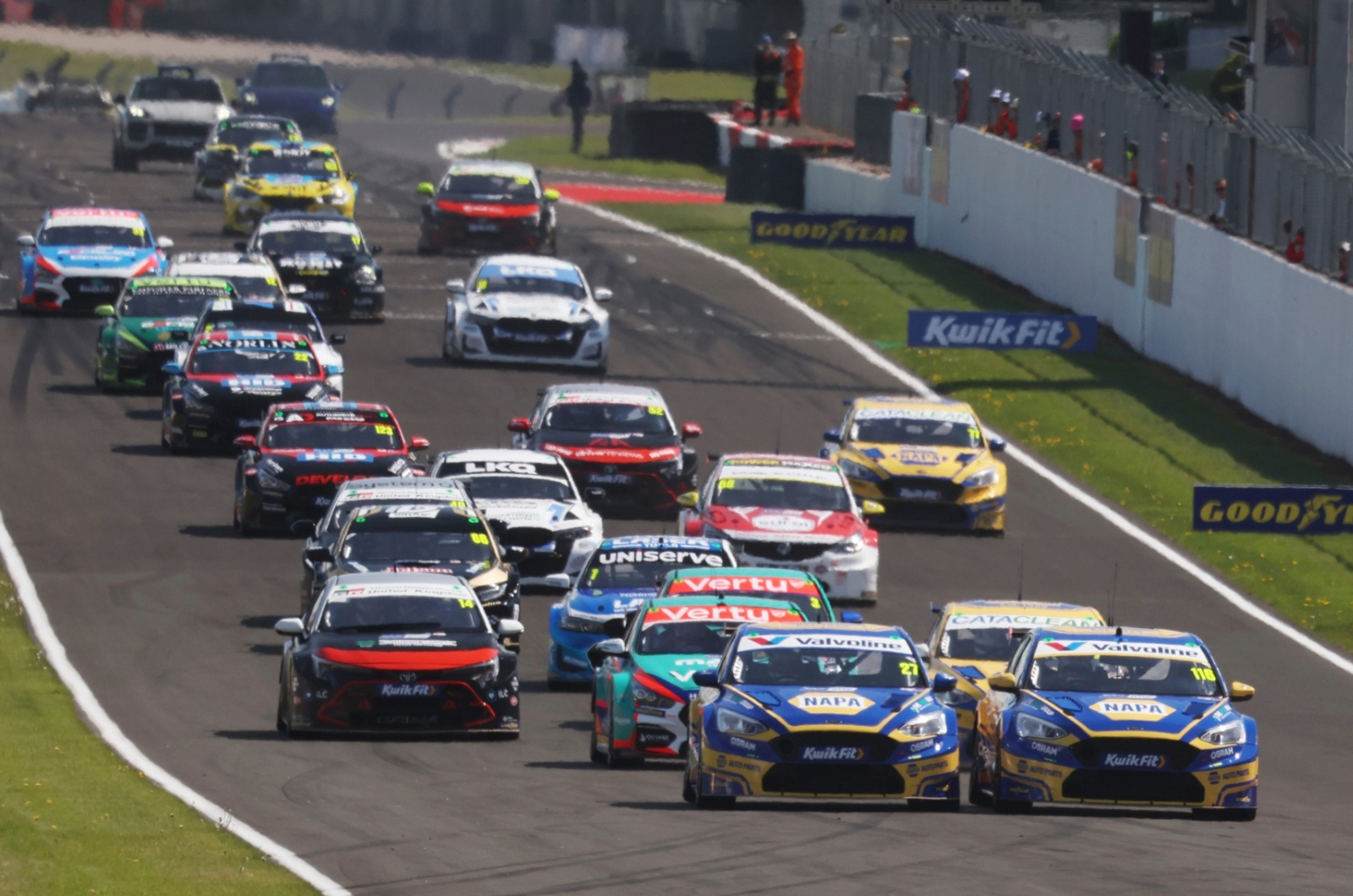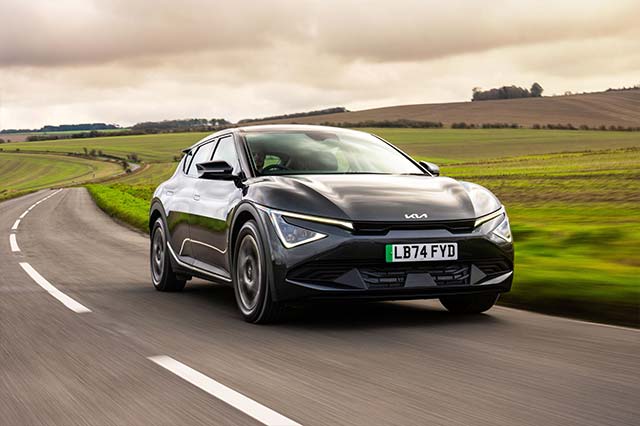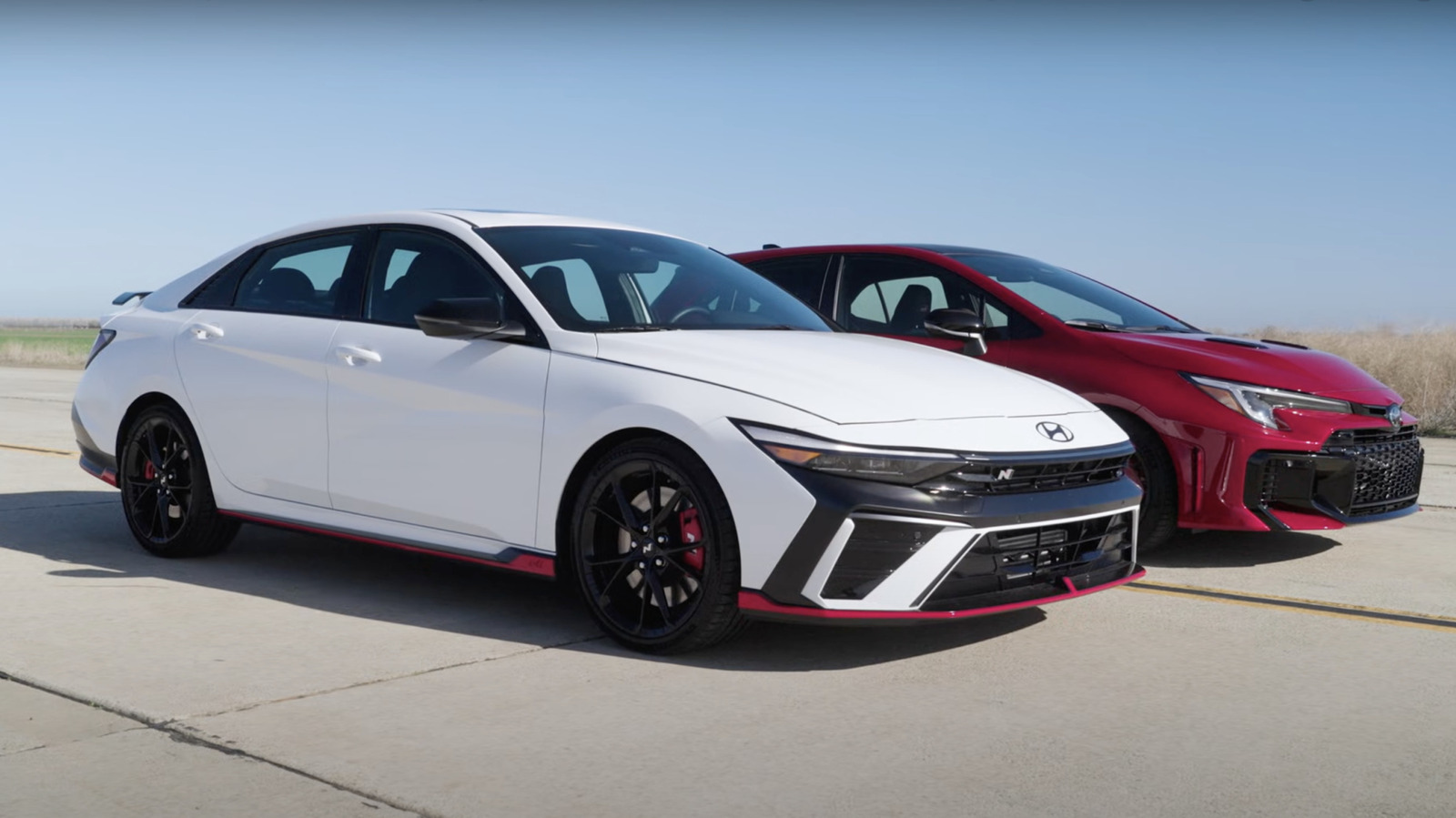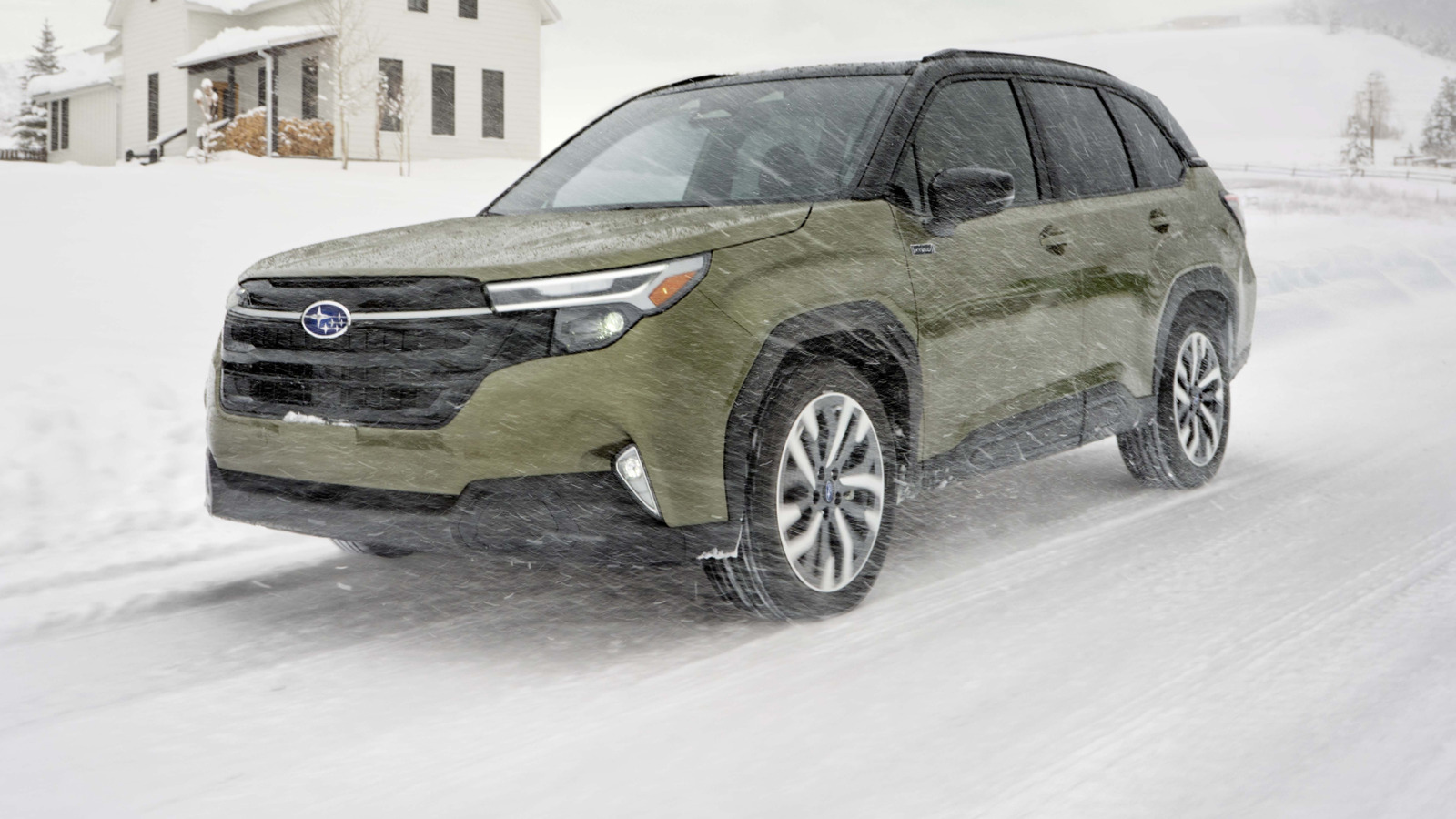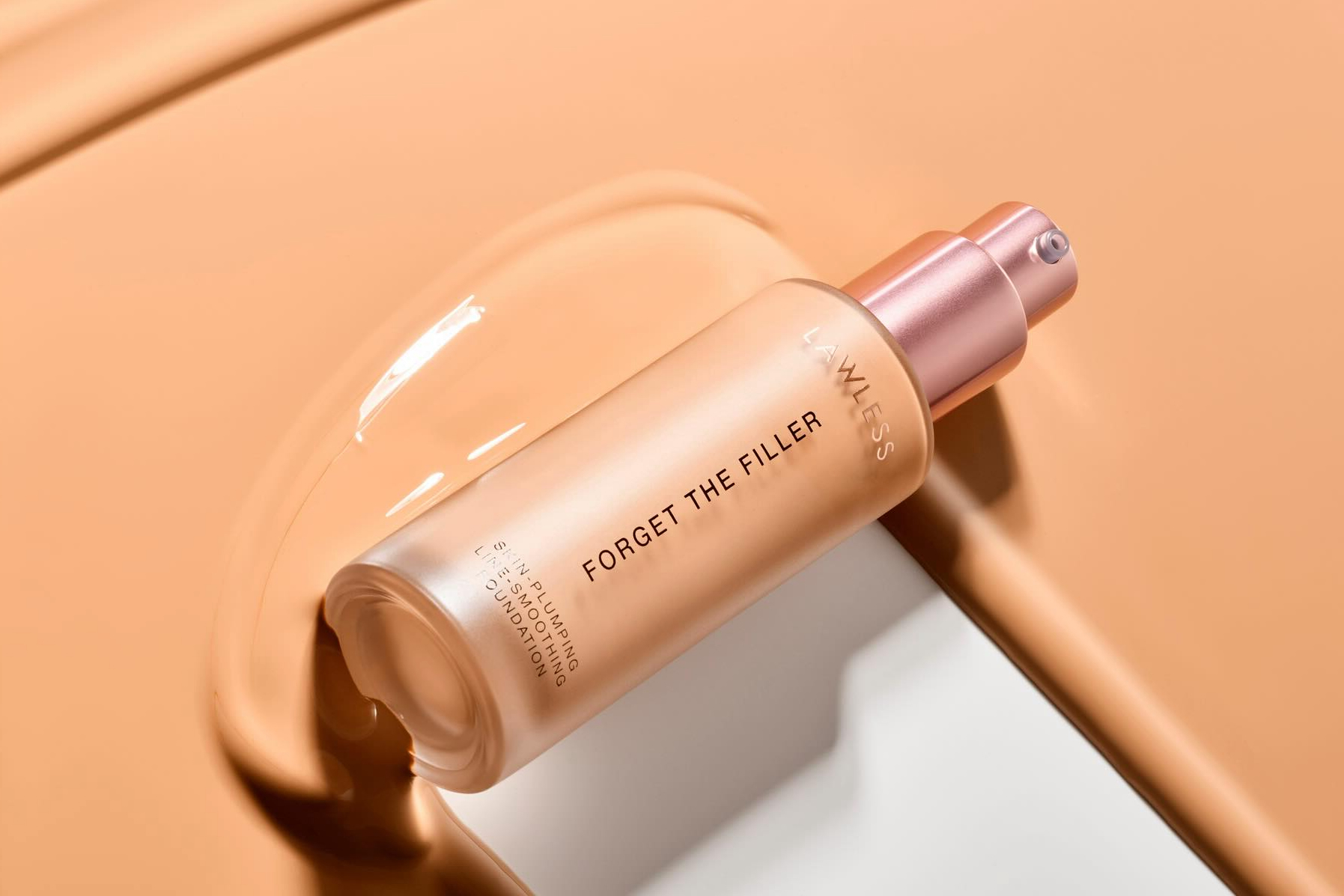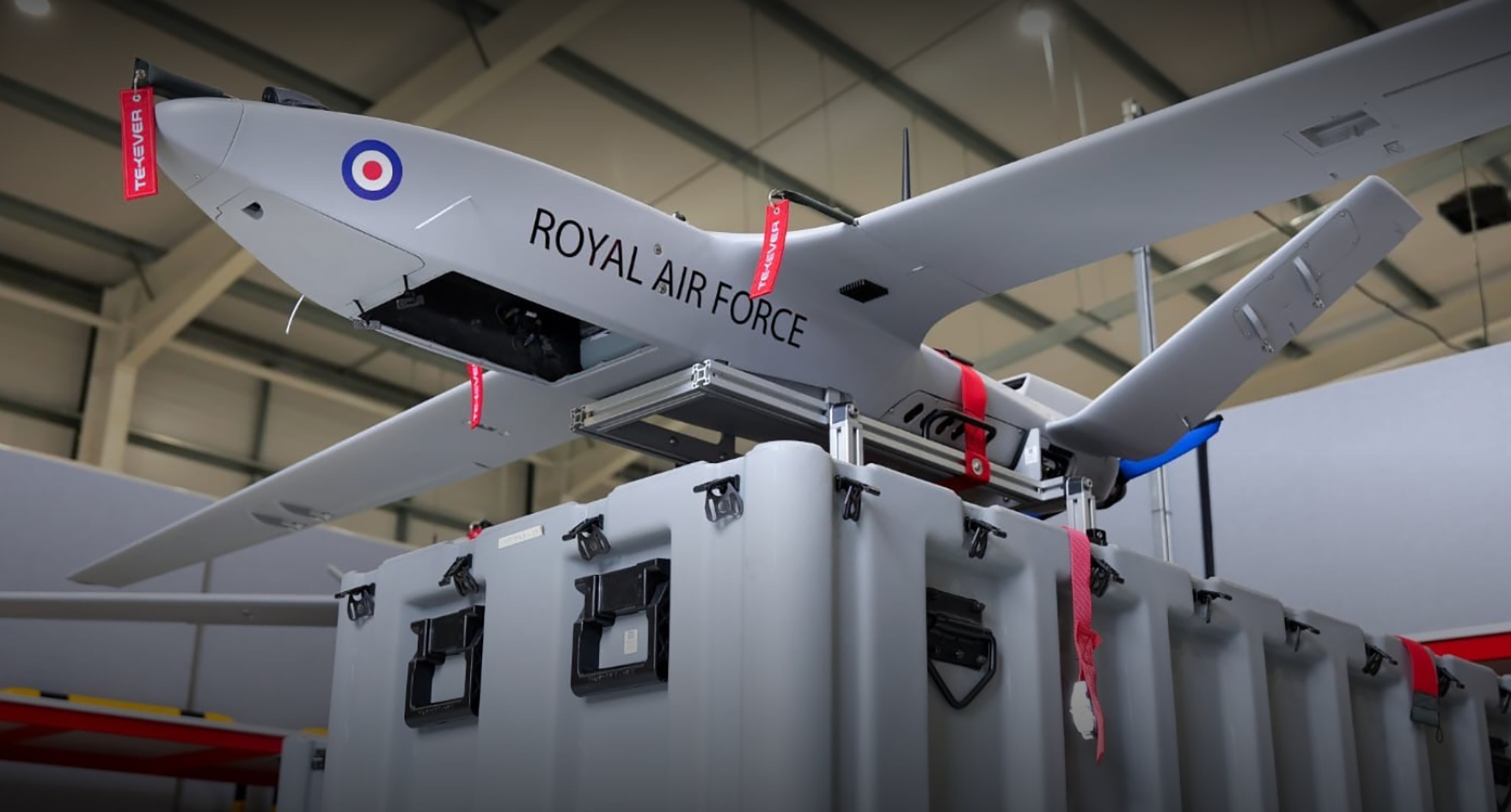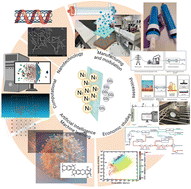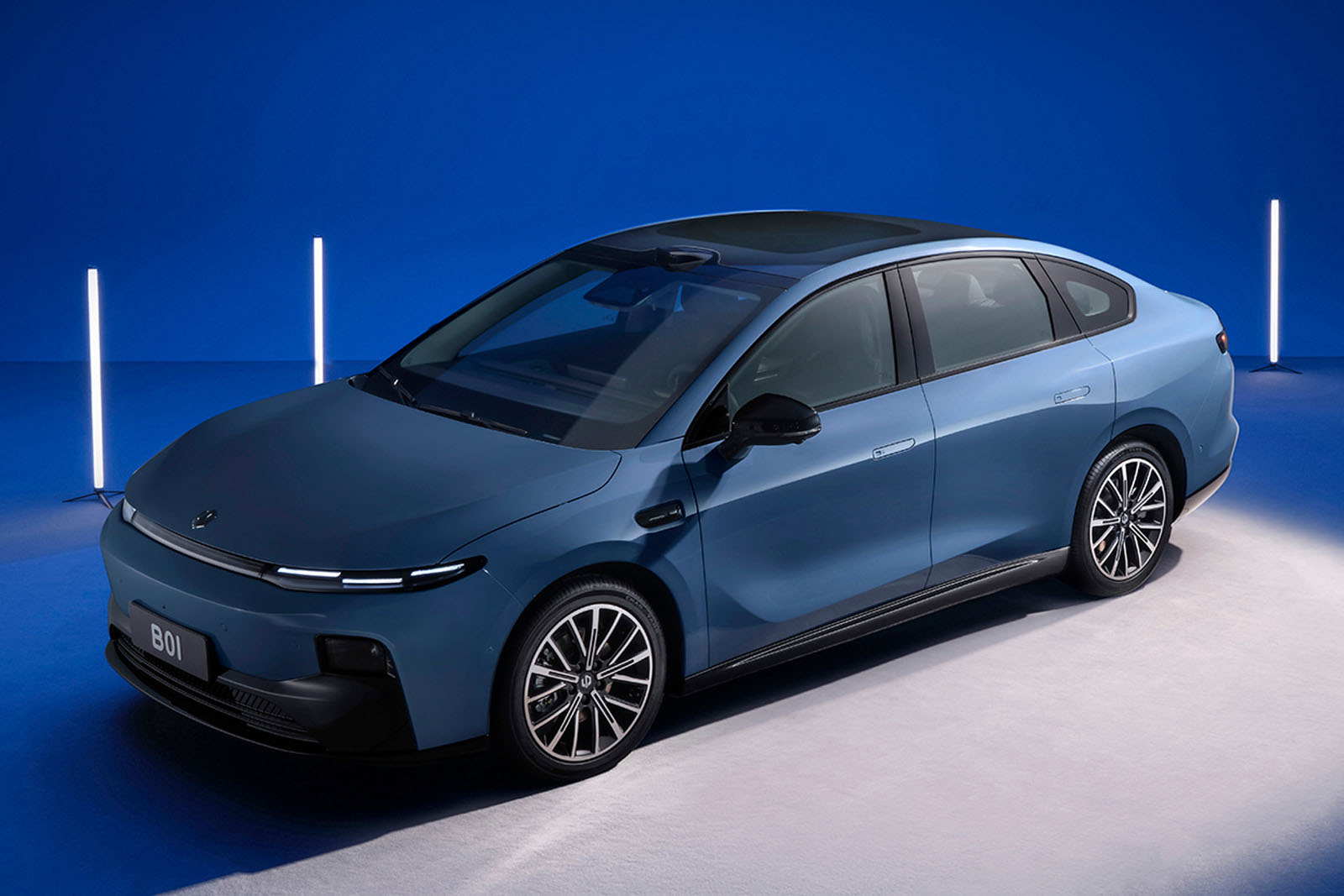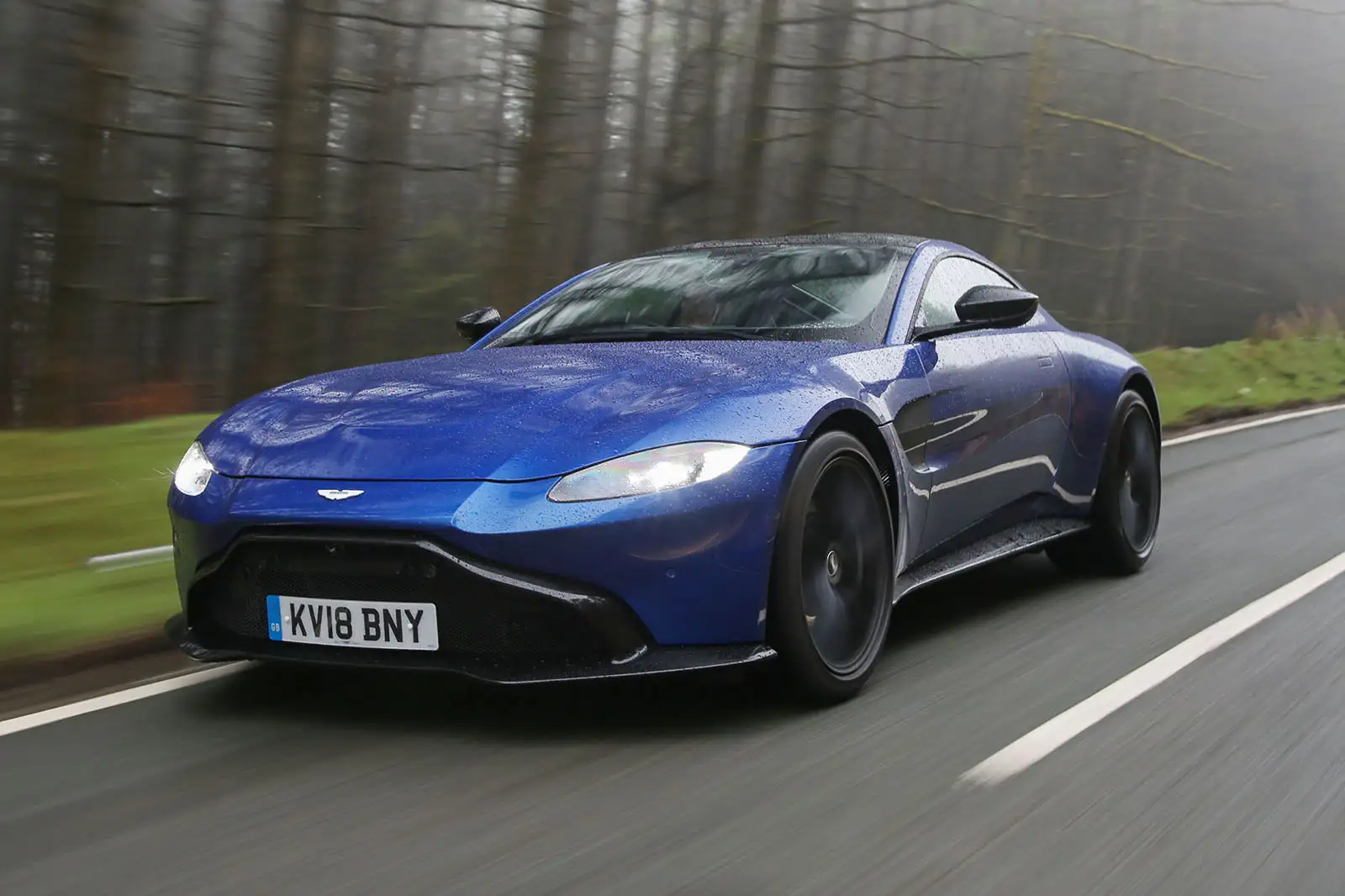Not quite a classic: BMW Mini
Now is finally the time to pull the trigger on the first generation of BMW Mini R50. Y-reg. Preferably with a plate ending in ‘OBL’. Eh? To decode, the R50 is the codename of the original BMW Mini, co-developed with Rover. Y-reg is a car from 2001. And if its registration number ends with ‘OBL’, then it was very likely owned by BMW and used as a demonstrator, a press car or a promotional vehicle. In classic car collecting circles that gives it provenance, even if it means that this Mini may well carry some of early bugs exorcised in later models, such as front seat backrest mechanisms that fight back, a rattling accompaniment to your journey and, as the cars age, oil leaks too. But there are some desirable items too, just as there were with the original Mini. The early, 1959-built examples of these are coveted as much for their age as an assortment of features soon modified in production, such as the addition of drain holes in the roof gutter, two-piece road wheels welded rather than riveted together and hubcaps with differently shaped ventilation cut-outs. Those who revel in such pedantic details (who, me?) will be delighted to hear that there are similarly arcane variations peculiar only to the very earliest of R50s too. One is the longitudinal indentations moulded into the seats, a design flourish soon considered unnecessary. Another is the embossing of the pedals with an ‘M’. The upshot is that there is now a register for these Y-registration Minis, and a website detailing the differences is apparently on the way too. I won’t be looking at that, of course. Now you may be healthily unbothered by such collectors’ trivia, and simply like the idea of an early new-generation Mini. And why not? These cheerfully individual cars can now be had for under £1000 with an MoT, although they will likely have covered six-figure distances. But they seem to be pretty durable too, making a 100k-plus odometer reading something to be less fearful of than it once was. That said, noisy gearboxes are a potentially expensive hazard. One reason why these Minis wear well is that they are not your average supermini. This was the first premium supermini (Lancia’s Ypsilon is a city car, in case you’re about to finger-punch a keyboard), and the quality ran more than skin-deep. Although BMW’s 2000 sale of Rover prompted a Viking-expunging rewrite of corporate history, development of the R50 Mini was largely a Rover-led project, to a BMW brief and with full-fat BMW funding. That allowed quality to penetrate to the core, from the super-stiff bodyshell to suspension that included BMW’s advanced Z-axle. The Chrysler-sourced Tritec engine was less impressive, but it’s gratifyingly tough. More obviously striking was an interior furnished to standards far higher than you’d find aboard a Ford Fiesta or Renault Clio. And in rather startling style, too. The dashboard was dominated by an enormous speedometer that didn’t so much pay homage to the original ’59 Mini as prostrate itself before its memory in spasms of self-flagellation. There were many more references besides, from the shape of the interior light to the toggle switches to the flashing light at the tip of the indicator stalk. The exterior was still more recognisably Mini, even if this reimagined economy car had swollen substantially without offering a lot more space inside. The floating roof, the wheel-at-each corner stance, the short overhangs, vertical taillights, big headlights and trapezoidal grille all referenced the original, as did the faux chrome bumperettes and the cutline of the expensive clamshell bonnet. And its just-so proportions are only highlighted by the ant-eater nose of an overhang disfiguring the current version, fine drive though that car is. All these things, and all those Chili, Salt and Pepper option varieties, made the R50 Mini hugely desirable then, and make it so now. It’s a car so much more interesting than a used Vauxhall Corsa or Volkswagen Polo. Expect it to outlive them. This column first appeared as an email to subscribers in 2017.
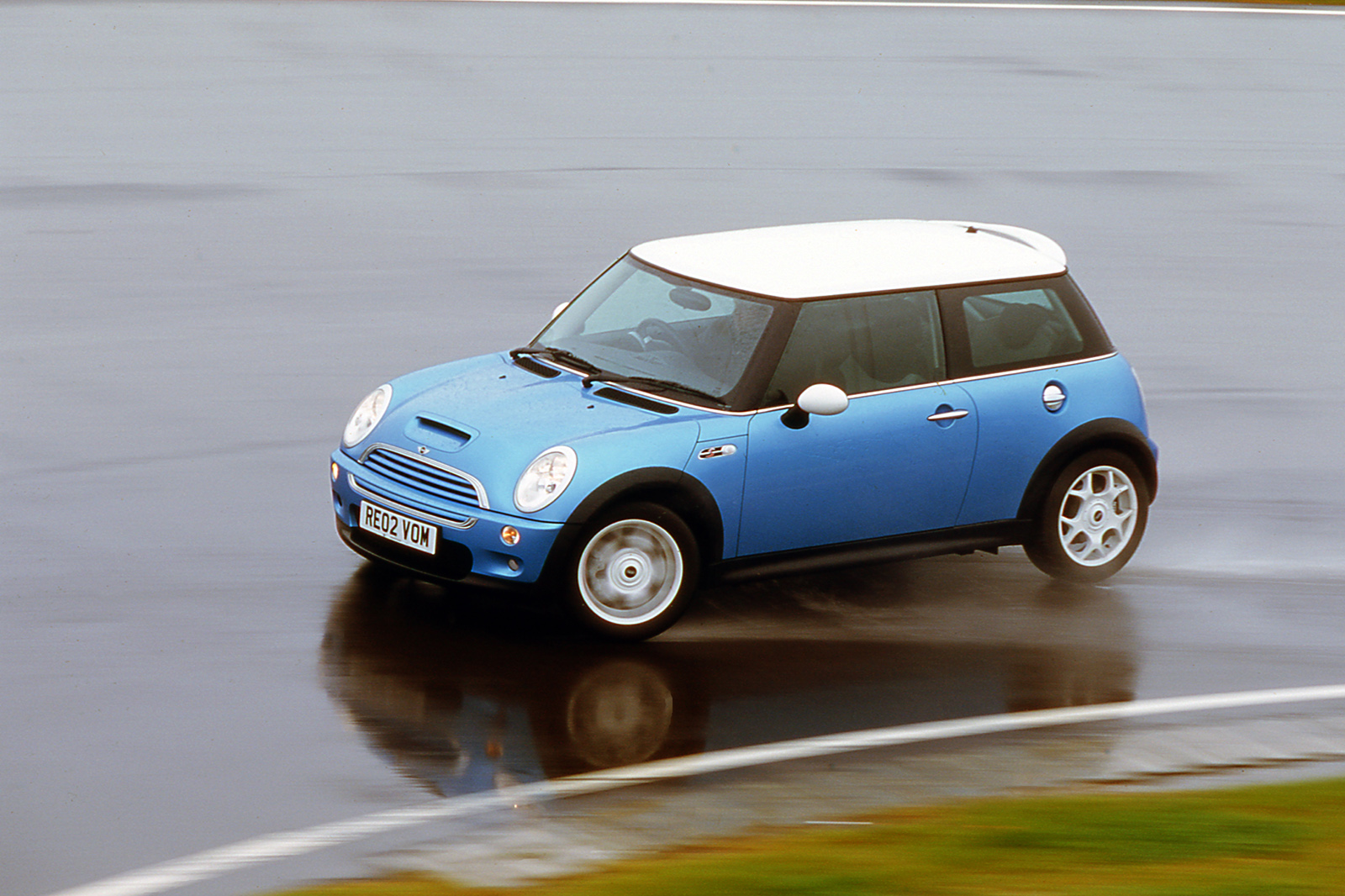
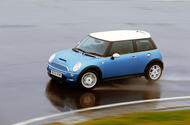 Now is finally the time to pull the trigger on the first generation of BMW Mini
Now is finally the time to pull the trigger on the first generation of BMW Mini
R50. Y-reg. Preferably with a plate ending in ‘OBL’. Eh? To decode, the R50 is the codename of the original BMW Mini, co-developed with Rover.
Y-reg is a car from 2001. And if its registration number ends with ‘OBL’, then it was very likely owned by BMW and used as a demonstrator, a press car or a promotional vehicle.
In classic car collecting circles that gives it provenance, even if it means that this Mini may well carry some of early bugs exorcised in later models, such as front seat backrest mechanisms that fight back, a rattling accompaniment to your journey and, as the cars age, oil leaks too.
But there are some desirable items too, just as there were with the original Mini. The early, 1959-built examples of these are coveted as much for their age as an assortment of features soon modified in production, such as the addition of drain holes in the roof gutter, two-piece road wheels welded rather than riveted together and hubcaps with differently shaped ventilation cut-outs.
Those who revel in such pedantic details (who, me?) will be delighted to hear that there are similarly arcane variations peculiar only to the very earliest of R50s too. One is the longitudinal indentations moulded into the seats, a design flourish soon considered unnecessary.
Another is the embossing of the pedals with an ‘M’. The upshot is that there is now a register for these Y-registration Minis, and a website detailing the differences is apparently on the way too. I won’t be looking at that, of course.
Now you may be healthily unbothered by such collectors’ trivia, and simply like the idea of an early new-generation Mini. And why not? These cheerfully individual cars can now be had for under £1000 with an MoT, although they will likely have covered six-figure distances.
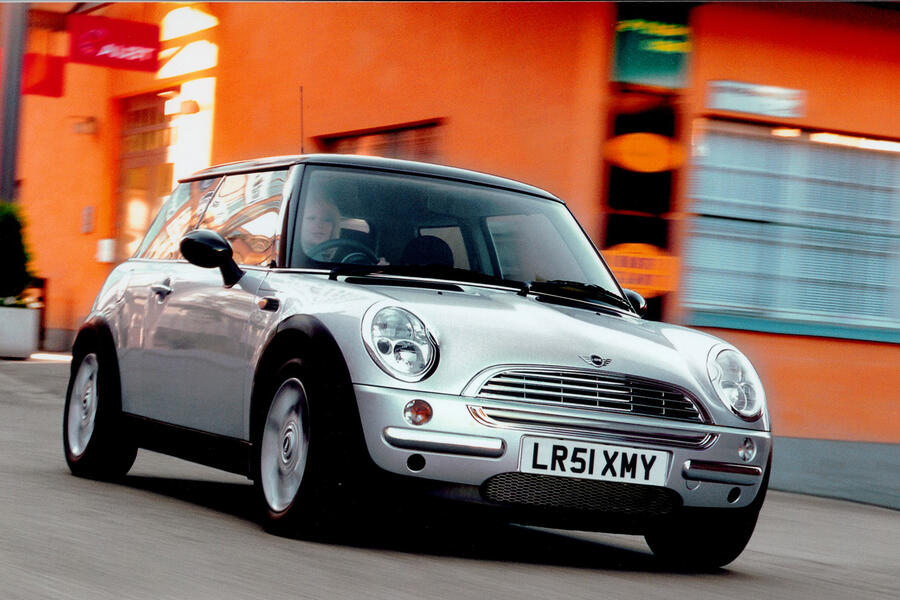
But they seem to be pretty durable too, making a 100k-plus odometer reading something to be less fearful of than it once was. That said, noisy gearboxes are a potentially expensive hazard. One reason why these Minis wear well is that they are not your average supermini. This was the first premium supermini (Lancia’s Ypsilon is a city car, in case you’re about to finger-punch a keyboard), and the quality ran more than skin-deep.
Although BMW’s 2000 sale of Rover prompted a Viking-expunging rewrite of corporate history, development of the R50 Mini was largely a Rover-led project, to a BMW brief and with full-fat BMW funding. That allowed quality to penetrate to the core, from the super-stiff bodyshell to suspension that included BMW’s advanced Z-axle.
The Chrysler-sourced Tritec engine was less impressive, but it’s gratifyingly tough. More obviously striking was an interior furnished to standards far higher than you’d find aboard a Ford Fiesta or Renault Clio. And in rather startling style, too. The dashboard was dominated by an enormous speedometer that didn’t so much pay homage to the original ’59 Mini as prostrate itself before its memory in spasms of self-flagellation.
There were many more references besides, from the shape of the interior light to the toggle switches to the flashing light at the tip of the indicator stalk. The exterior was still more recognisably Mini, even if this reimagined economy car had swollen substantially without offering a lot more space inside.
The floating roof, the wheel-at-each corner stance, the short overhangs, vertical taillights, big headlights and trapezoidal grille all referenced the original, as did the faux chrome bumperettes and the cutline of the expensive clamshell bonnet.
And its just-so proportions are only highlighted by the ant-eater nose of an overhang disfiguring the current version, fine drive though that car is. All these things, and all those Chili, Salt and Pepper option varieties, made the R50 Mini hugely desirable then, and make it so now. It’s a car so much more interesting than a used Vauxhall Corsa or Volkswagen Polo. Expect it to outlive them.
This column first appeared as an email to subscribers in 2017.











